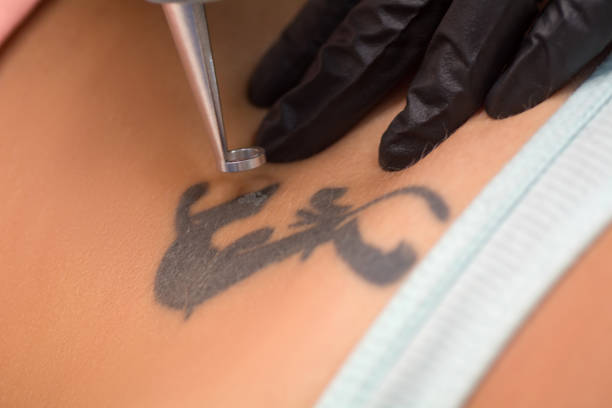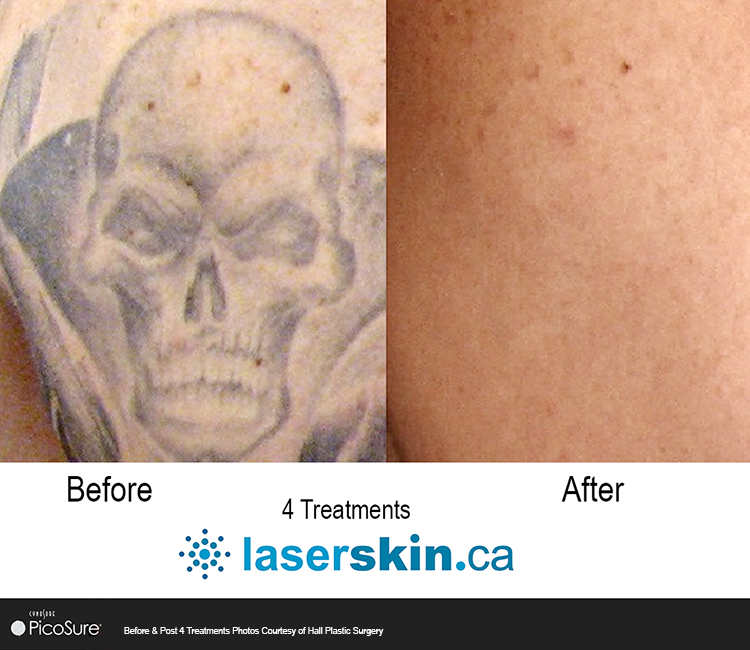Tattoo Removal Near Me Are you looking for tattoo removal near me? Almost one-third of Canadians have at least one tattoo. One is owned by nearly half of all millennials. But not everyone is pleased with their choice of tattoo; in the end, up to 25% of people who have tattoos regret getting them. Here […]
Laser Tattoo Removal Before and After
Laser tattoo removal before and after Are you looking for laser tattoo removal in Toronto? Our Cynosure’s PicoSure laser Toronto tattoo removal machine is the best device used today and the industry’s gold standard for laser tattoo removal. The PicoSure laser is the world’s first picosecond aesthetic laser-optimal wavelengths for treating tattoo removal. PicoSure’s technology […]


